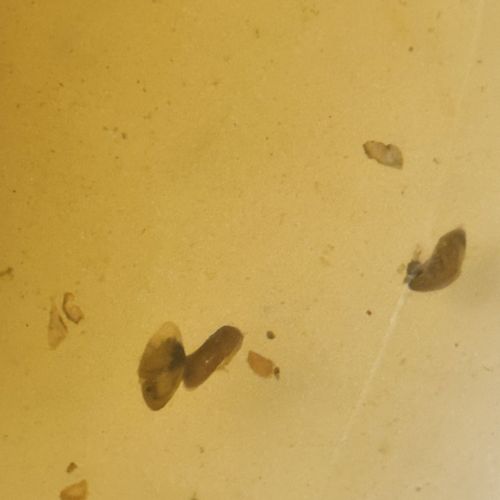Ostracod
Scientific Name: Class Ostracoda
Order & Family: Class Ostracoda
Size: Typically between 0.2 and 10 millimeters, though some deep-sea species can reach up to 30 millimeters.

Natural Habitat
Found in both freshwater and marine environments, including oceans, lakes, ponds, swamps, and even moist terrestrial habitats like leaf litter. They can be benthic (bottom-dwelling), planktonic (free-swimming), or nektonic (swimming actively).
Diet & Feeding
Most ostracods are detritivores or herbivores, feeding on decaying organic matter, algae, and bacteria. Some species are scavengers, predators, or parasites.
Behavior Patterns
Ostracods are commonly known as 'seed shrimp' due to their bivalve-like carapace that encloses their entire body. They use their appendages for locomotion, feeding, and respiration. Many species are parthenogenetic, meaning females can reproduce without males. They are often abundant and play a significant role in aquatic food webs.
Risks & Benefits
Ostracods are generally harmless to humans. Ecologically, they are important primary consumers and decomposers, contributing to nutrient cycling. They also serve as a food source for many larger aquatic organisms, including fish, insects, and crustaceans. Their fossils are valuable in paleoenvironmental reconstructions and petroleum exploration (as 'micropaleo' indicators).
Identified on: 11/18/2025